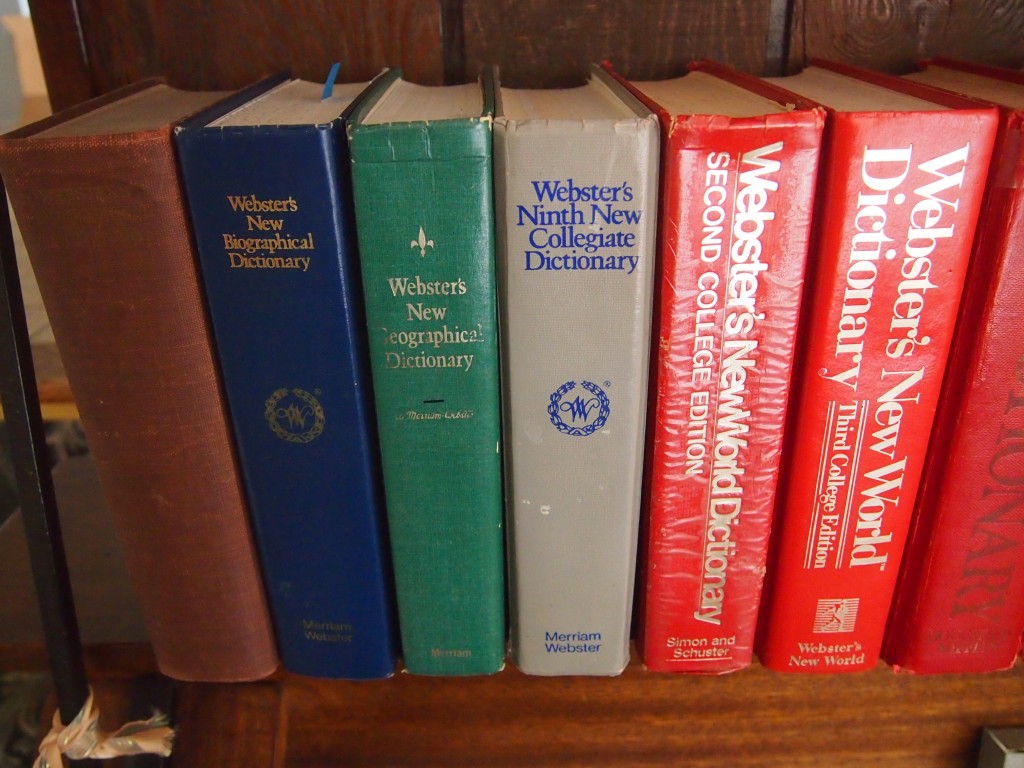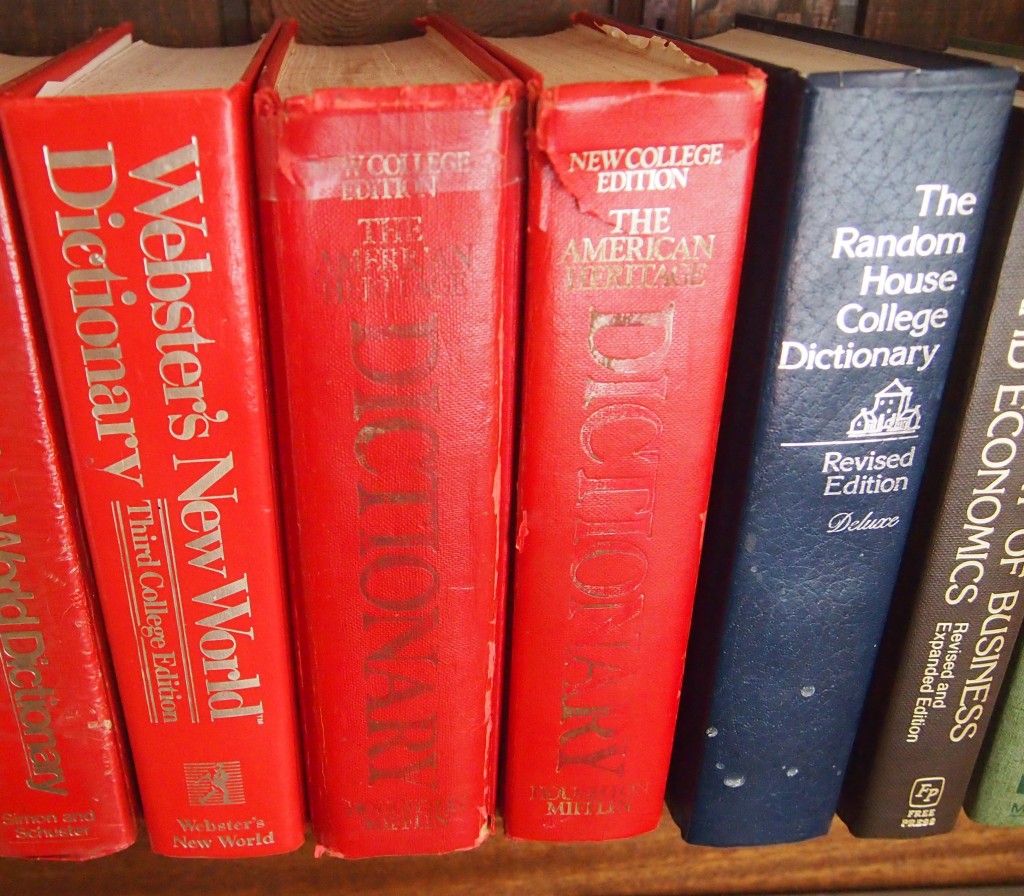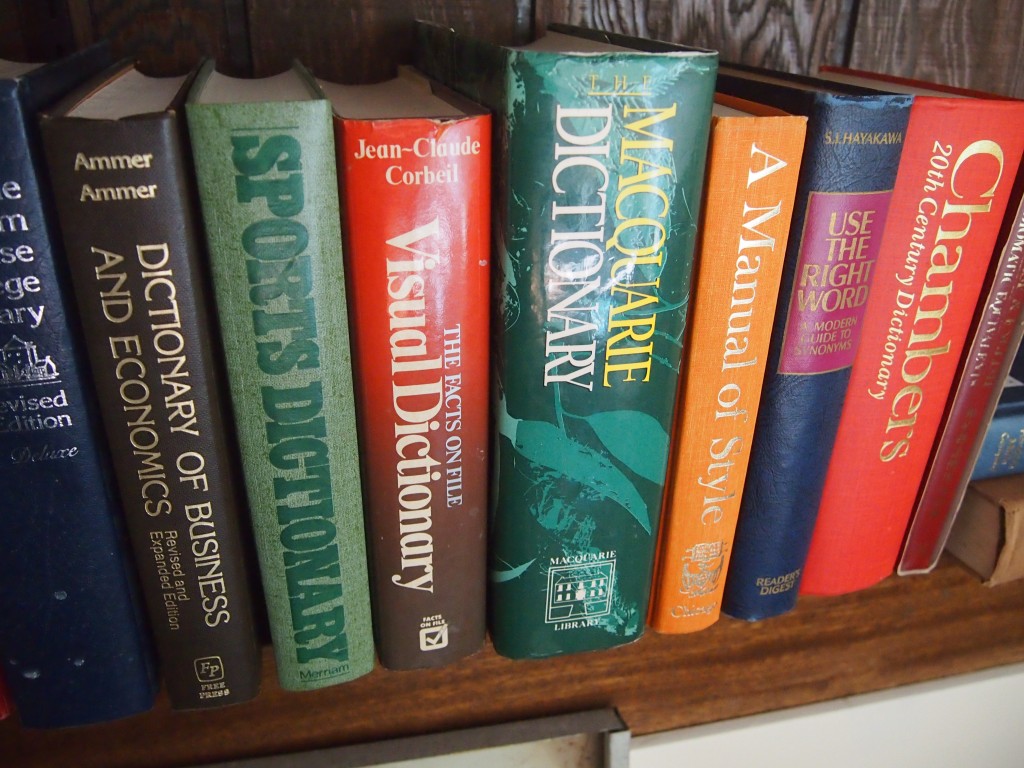Been a while – can’t remember how long – since I was on a good literary bender, so I decided recently that Orwell would be just the thing. I was inspired by George Orwell: A Life in Pictures, which is superb firm. It isn’t a documentary in the purist form – and “docudrama” doesn’t really fit either – but it’s well worth the trouble of watching all the parts as they’ve been posted on YouTube, starting with this one. (No embedding, or I’d do that.)
George Orwell: A Life in Pictures, a BBC production, originally aired more than 10 years ago. Which goes to show how easy it is to miss things. As the film points out, no moving pictures of Orwell himself are known to exist, so an actor stands in for Orwell, looking like him, and saying things Orwell wrote (e.g., “all writers are vain, selfish, and lazy.” Hear, hear.) The actor, Chris Langham, nailed the part. I wasn’t familiar with him; apparently not too long after playing George Orwell, he completely disgraced himself.
I took a look the other day, and among Orwell’s fiction the Schaumburg Township Library only has Nineteen Eighty-Four and Animal Farm. That’s an awful lapse for such a good library. I was looking for the two novels I haven’t read, Burmese Days and A Clergyman’s Daughter. Later, I checked the shelves at B&N, and found all of his non-essay collection works except those two. Of course they’re available on Amazon, but that’s a last resort.
Right now I’m most of the way through Down and Out in Paris and London, a copy of which I own, and which I’ve read at least twice, but not in good many years. Later, I’ll re-read some or all of the others that I have, also unread for years: Coming Up for Air, Homage to Catalonia, The Road to Wigan Pier, Keep the Aspidistra Flying. Strangely enough, I bought my copy Keep the Aspidistra Flying at the Aspidistra Bookshop on Clark St. in Chicago about 25 years ago (a fine store, closed since the late ’90s).





